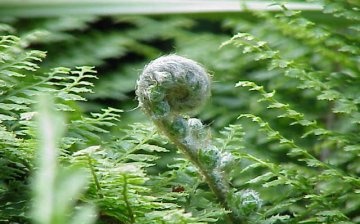Orlyak ordinary. Description, application in human life
Does the fern bloom? Definitely not, the realists would say. But how beautiful are the legends about its magical powers! - the dreamers will exclaim. Indeed, people have always revered the fern as a mysterious, powerful plant. It has been growing on the planet for millions of years, bringing both benefits and harm to people. After all, ferns often become weeds. As, for example, one of the species of this plant is the common bracken. It is distributed almost all over the world, prefers a forest, but light, clearings, thickets of bushes, as well as abandoned fields and pastures.
You can distinguish this species by the folded edge of the leaf. Also, the bracken never grows in bushes, but only one by one, at some distance from each other (although under the ground, closely located plants are connected by branched rhizomes). The height of this plant can reach one and a half meters, although it does not grow to this size so often, this requires favorable conditions.
Since ancient times, people have used ferns in everyday life. The rhizome, which contains a lot of starch, becomes a source of special glue, which can be impregnated with fabrics to obtain a waterproof effect. Previously, it also served as a soap. In some regions of Western Europe, it was customary to stuff pillows with bracken leaves. It was believed that such a bed protects against sciatica and repels insects.
In some countries, for example, in Japan, ferns are actively consumed as food. Young, not yet unfolded leaf plates of this plant are actively harvested and salted and pickled in Siberia. This delicacy is equated with olives or good mushrooms. But you just need to prepare it by soaking it well in water so as not to get poisoned, because the bracken is a poisonous plant.
Traditional medicine also paid attention to this fern. It is used internally and externally for various diseases (eczema, rickets and others), as an antiseptic, anthelmintic agent.



